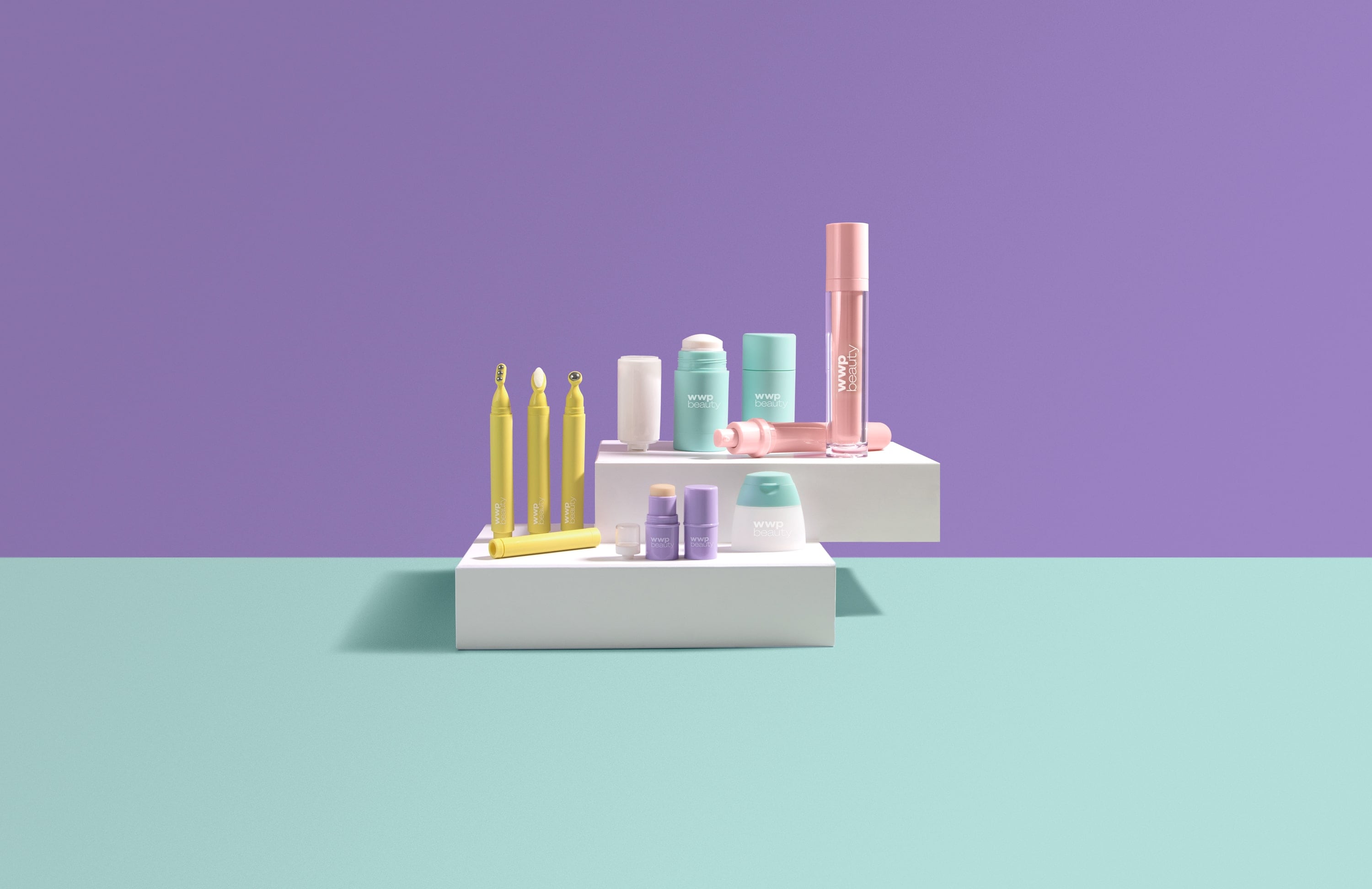The company launched its Refill Revolution collection this week with four types of containers to accommodate a variety of cosmetics products, including a pen, two sizes of sticks, a traditional bottle and a travel-size bottle.
Speaking to CosmeticsDesign, Carley Propst, marketing director at WWP, said the collection was created to plug customer demand for refillable-capable packaging, but specific attention had been given to making the product intuitive for consumers.
“A lot of brands are maybe struggling with ‘how do I implement a refill system into my line?’” Propst said. “That really goes back to why we wanted to do it, but also we wanted to show them the value of adding refillable, because that’s an extra sustainability step for the brand that they can take.”
The collection
Inspired by a popular, previously-released collection of tubes, the refillable line included a touchless pen with a single or triple ball applicator, for spot treatments, eye serums and targeted lip and eye treatments, as well as an oval brush for concealers and liquid complexion products.
The collection also included two sizes of sticks for direct application of either face (color cosmetic and skin care) or body (body care, personal care and hygiene products, and skin care) products. The company said the line offered “intuitive” and “easy-to-use” refillable system with a mono-material refill cartridge and the option to add post-consumer recycled (PCR) content.
The line also offered a more traditional “fill and go” pump bottle, ideal for color cosmetics, skin care and hair care products. To accommodate trends toward “bite-sized beauty,” Propst also said the collection included a travel size bottle for cream or gel-based formulas across a range of beauty and personal care cateogries.
Propst also said they intend to expand the collection in the future to containers like other pump bottles and jars.
“This collection of intuitive refillable packaging was designed with components that could be used across all categories of beauty to show brands the possibilities of applying a refillable program to their existing line,” said Michael Tognetti, global sustainability senior director for WWP Beauty.
Sustainability measurements
Through WWP’s Eco-Analyzer tool, Propst said the company found that refillable packaging had significant impacts on greenhouse gas emissions after several uses. After three uses, it said the face and body sticks reduced greenhouse gas emissions by 71-72% over traditional stick packaging.
“We are able to generate these validated claims and we’re generating them for this launch specifically,” Propst said. “But brands can utilize this tool and its capabilities for pretty much anything they’re working on, to help them drive better sustainable decisions and to compare materials if they take this refillable design system and add PCR.”
Information from the analyzer could also be used to educate customers without “greenwashing” or misleading customers about how environmentally friendly a company’s products were through unsubstantiated claims, Propst said.
While brands and consumers were showing increased interest in refillable packaging, Propst said WWP’s collection married ease-of-use and substantiated sustainability information to make the packaging viable for producers and convince buyers to try the product.
“It’s really important because it takes a bit more to convince somebody to buy refillable and then go back and get the refill and put it in,” Propst said. “It’s something somebody actually has to want to do, so I think having that information to support it is just really important.”




